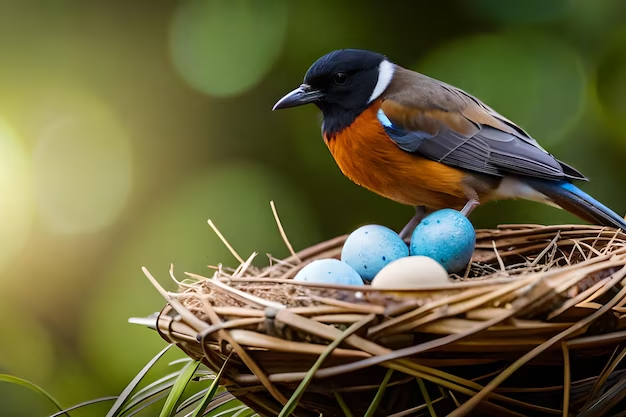How to Safely Hatch Bird Eggs at Home: A Step-by-Step Guide
The first step is choosing the right incubator. There are various types of incubators available, but the key is to select one that offers proper temperature, humidity, and ventilation control. Temperature is one of the most critical factors—most bird eggs require a steady temperature of 99 to 102 degrees Fahrenheit to hatch successfully. Humidity is equally important, and you'll need to maintain the ideal levels, depending on the species of bird you’re incubating. Once your incubator is set up and running, it’s time to turn your attention to the eggs. One of the most important aspects of hatching bird eggs is ensuring they’re turned regularly. Eggs should be rotated at least once an hour to prevent the embryo from sticking to the shell and to ensure even heat distribution. Many incubators offer automatic egg-turning functions, but if yours doesn’t, you will need to manually rotate the eggs.

The first step is choosing the right incubator. There are various types of incubators available, but the key is to select one that offers proper temperature, humidity, and ventilation control. Temperature is one of the most critical factors—most bird eggs require a steady temperature of 99 to 102 degrees Fahrenheit to hatch successfully. Humidity is equally important, and you'll need to maintain the ideal levels, depending on the species of bird you’re incubating. Once your incubator is set up and running, it’s time to turn your attention to the eggs. One of the most important aspects of hatching bird eggs is ensuring they’re turned regularly. Eggs should be rotated at least once an hour to prevent the embryo from sticking to the shell and to ensure even heat distribution. Many incubators offer automatic egg-turning functions, but if yours doesn’t, you will need to manually rotate the eggs.
Leave a Comment
Comments
No comments yet.